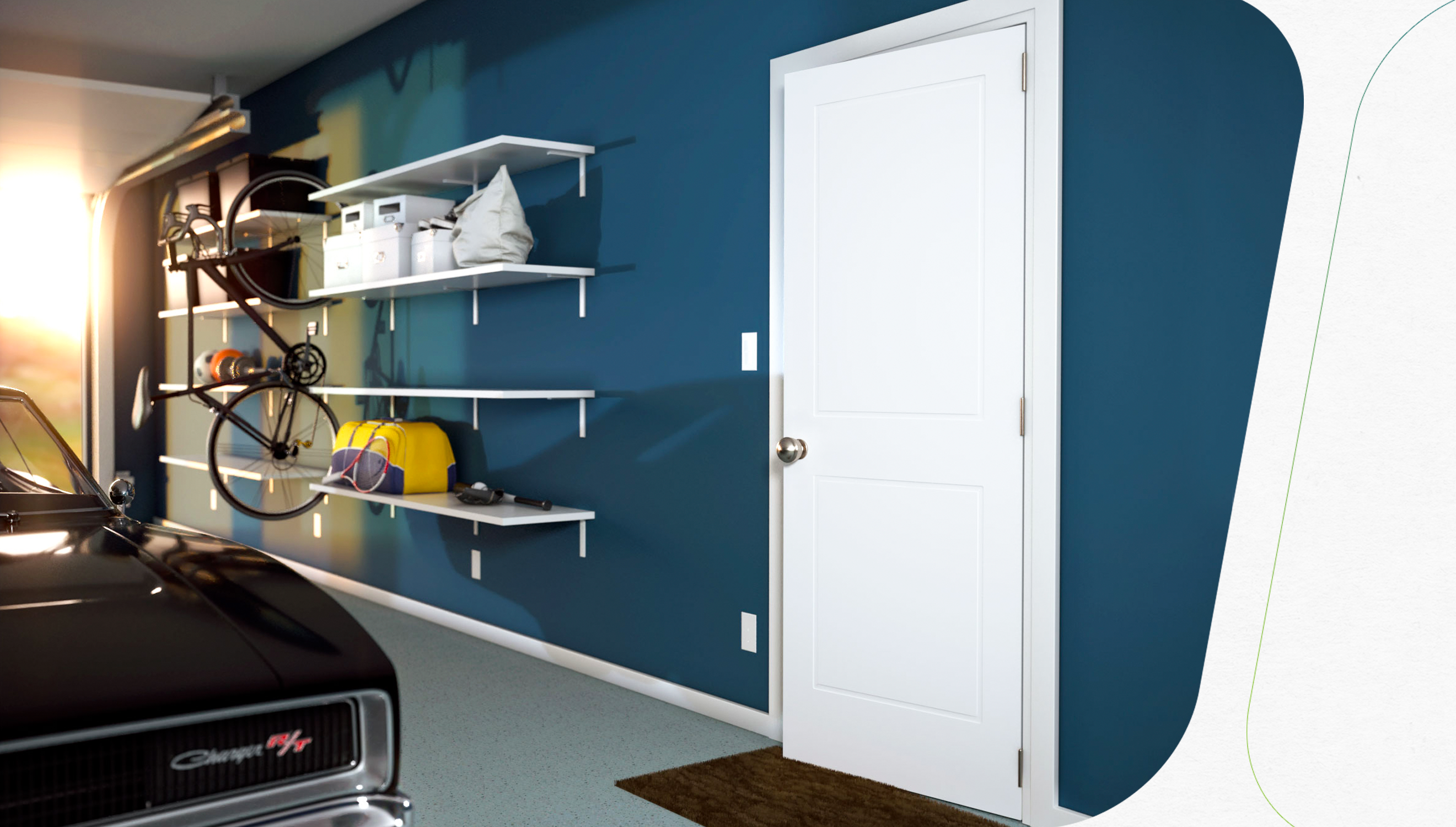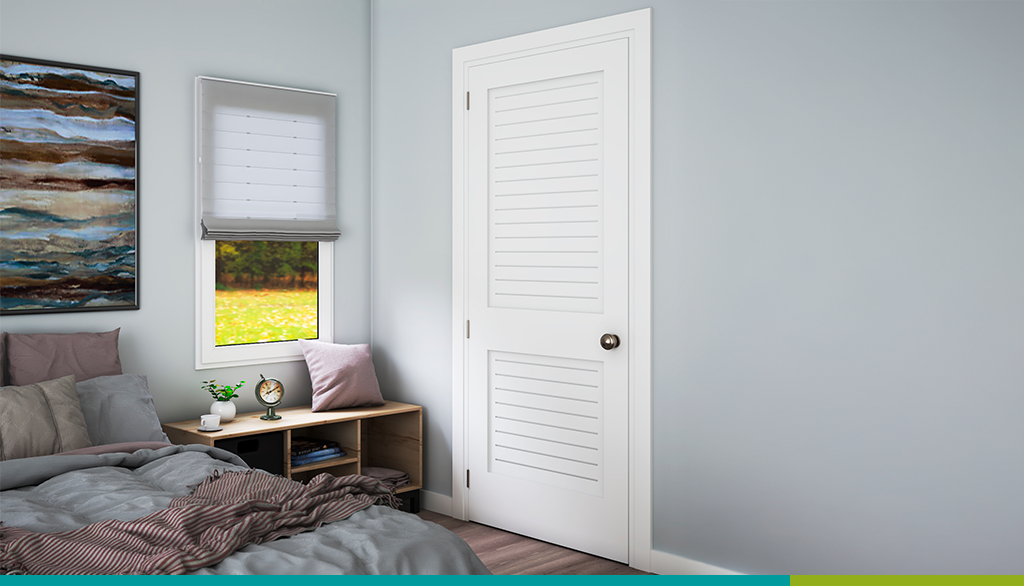The psychology of color is a fascinating subject that influences our daily life. Whether we are conscious of it or not, color is used to evoke sentiment in office buildings, homes and advertisements.
While perceptions of color are somewhat subjective, varying between different cultures, everyone knows that colors have the ability to transform an environment; making it more pleasant, cozy, calm or even the opposite. . Understanding the relationships we create with colors, relating them to emotions or sensations are essential in the work of architects, designers, advertisers and conscientious individuals.
Despite the lack of scientific research in this area, the concept of color psychology has become a hot topic in marketing, art, design, and other areas. Much of the evidence in this emerging area is anecdotal at best, but researchers and experts have made a few important discoveries and observations about the psychology of color and the effect it has on moods, feelings, and behaviors.
This combination of colors and feelings does not happen by chance, they are the result of a series of common experiences that are stored in our subconscious. Associating red with luxury, white with purity, or the combination of black, red and gold with power, is part of this collective repertoire that we acquire throughout life.
Perception of color and feeling varies from culture to culture. It’s actually really interesting, some cultures don’t even have names for colors that we may find common. Whereas color can influence the way we feel and act, it is very subjective. A color that connotes good luck in one culture might be a bad omen in another. The colors are open to interpretation, but it’s undeniable that colors are capable of evoking big feelings!
Warm colors, like red, orange and yellow, often evoke warmth, comfort or alternatively, be used to depict anger or hostility. Cool colors, like purple, blue and green can inspire calm, tranquility or be used to denote sadness. Each color is a duplicitous paradox depending on how it is used and interpreted.
How does the psychology of colors affect home decor?
When considering painting a room, you first want to imagine what sort of energy might match the activity of the room. We tend to like tranquil bedrooms and reserve more stimulating colors for living rooms and kitchens, where we are more likely to be during waking hours.
A peaceful and calming environment can be created by using green or blue tones. These restful colors are easy on the eyes and soothing to the soul. Light purple, like lavender, can relieve tension with it’s peaceful hue. A combination of red and blue, purple can help stimulate the mind while still maintaining a calm atmosphere– a perfect combo for an office.
Colors like red and yellow are commonly used in restaurants, as they are stimulating and some suggest they even encourage the appetite. Bright, warm colors can create a cozy, yet energized, living space.
Walls and Doors
Do you like contrasting walls and doors? Or do you like them to match? When we are painting, we often overlook our doors. Doors are a severely underappreciated design feature. Did you know that several Eightdoor’s models are pre-primed and ready to paint to complement your home’s color palette?
Painting allows your white door to become a very personal and highly customizable product. Doors like the 1 Panel Shaker Primed, 2 Panel Shaker Primed, 3 Equal Panel Shaker Primed or the Semi-Solid Primed Washington all make incredible canvases to turn your door into a design feature.
A color palette can be a great inspiration to help create cohesion between your walls and your doors. Don’t overlook the importance of door color in the psychology of your home!



